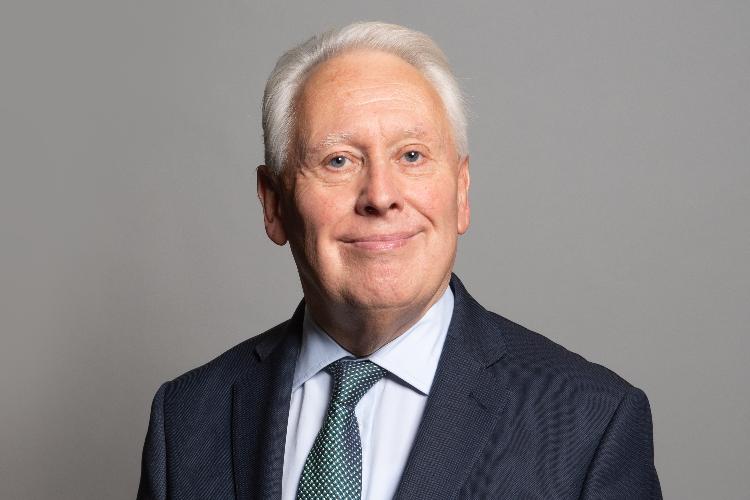Saving Brains: the ‘postcode lottery’ of stroke treatment risks health outcomes and NHS finances
Juliet Bouverie OBE, CEO
| Stroke Association
Thrombectomy treatment saves brains, saves money and changes lives. It can transform stroke recovery in an instant and would save the NHS £73 million each year. So why do three quarters of the patients who need it miss out?
Paul, 43, had his stroke in April 2018. After he was rushed to hospital and underwent brain scans, doctors determined that Paul was suitable for a life-changing procedure called thrombectomy. Except, it was the weekend and there weren’t enough staff and resources to perform the procedure in time.
Stroke remains a leading cause of death and adult disability in the UK - two thirds of stroke survivors will leave hospital with a disability. Yet, a highly effective acute treatment for some strokes – mechanical thrombectomy – is essentially ‘subject to availability’. Nearly 80% (5,889) of patients in England who needed a thrombectomy missed out in 2020/21.
Thrombectomy is truly game-changing – it could have transformed Paul’s recovery. Instead, Paul now lives with severe aphasia that limits his speech, coupled with one sided weakness, fatigue and cognitive issues.
Despite its potential to support nearly 1,600 more people to be fully independent after their stroke each year, access to this time-critical treatment depends on when and where you have a stroke.
“This is a life-changing treatment for stroke patients. Yet, Paul couldn’t have a thrombectomy because there was no service available at the weekend.”
‘Postcode lottery’ is a well-worn phrase. Yet, at a time when tackling health inequalities is a high priority for the government and NHS, there’s almost no better example. Thrombectomy treatment rates vary from 80% of patients who need it in London to just 0-30% in other parts of England. A quarter (25%) of thrombectomy services operate 24/7, while almost half (42%) only operate during Monday to Friday office hours. But stroke can strike anyone, at any time.
Our new Saving Brains report, launching today, explores the regional variations, key barriers to universal thrombectomy provision and the solutions within our grasp. Unsurprisingly, two major challenges are a historic lack of capital investment, and significant workforce challenges across the stroke pathway.
 Sir Bob Neill MP, Co-Chair of the APPG on Stroke:
Sir Bob Neill MP, Co-Chair of the APPG on Stroke:
“Thrombectomy can significantly reduce the level of impairment stroke patients are left with, enabling them to live a fuller and richer life. At the same time, it reduces demand on rehabilitation and public services, saving the NHS £47,000 per patient. If there is anything like a ‘silver bullet’ in medicine, thrombectomy gets very close to it.
“Rollout of thrombectomy across the country hasn’t made anywhere near the progress it should have done since 2013. It’s unacceptable that only 28% of thrombectomy-suitable patients receive this treatment. Rolling out thrombectomy can make a life-changing difference to tens of thousands of people.
“Stroke doesn’t get as much attention in Parliament as it should, particularly compared to other health conditions. I encourage you to read the Saving Brains report and sign the Stroke Association’s Open Letter. In Parliament, we’ll be pressing governments to invest in thrombectomy properly, to the level that people deserve to expect in an advanced Western democracy.”
“We must look at the bigger picture here. Thrombectomy needs upfront investment but will then save the NHS and care system £73 million each year.”
We recognise the enormous constraints on the NHS. But the government must look at the bigger picture here. Thrombectomy needs upfront investment but will then save the health and care system £73 million each year, by significantly reducing demand on rehabilitation and community support.
NHS England missed its target for full rollout of this treatment by 2022. The current rate is just 28%. This autumn’s revised NHS Long Term Plan is a vital imperative and opportunity to shift the dial on thrombectomy. If rates continued at 2020/21 levels, 47,112 patients will miss out on the procedure by the end of the Long Term Plan. The 2029 target simply has to be achieved. Too many future stroke patients depend on it.
Read the Stroke Association’s Saving Brains report and sign the Open Letter here.
